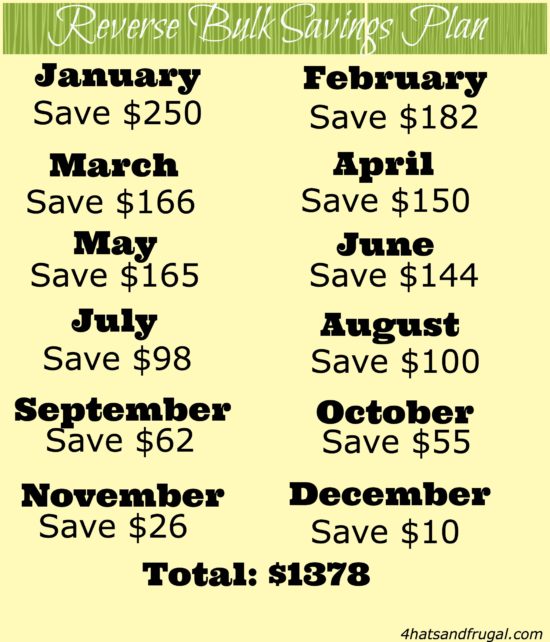As 2016 grows closer, many people will be making resolutions to better themselves in the new year. People will be making resolutions to eat better, lose weight and some people will resolve to save some money in the new year. The 52 week savings challenge has taken the Internet by storm in recent years, especially around the new year, and it is possibly a great way to save, but maybe not for everyone.
The 52-week savings challenge has been gaining popularity each year as a New Year’s resolution or even just a good way to save some extra cash. For those who haven’t tried it yet, the concept is pretty simple. The standard version has you putting aside the number of dollars which correspond to the week number of the year. For example, in week one you put aside $1. During week two, you put aside $2. During week ten you put aside $10 and during the last week of the year you put aside $52. If you do this the entire year, you will have saved $1,378.
There have been a few variations on the savings plan, and it seemingly has a variation that practically anyone can follow. It even has some changes made to teach kids about saving throughout the year.
One of the variations is the “Reverse Bulk” 52 Week Savings Challenge. Instead of giving you a different amount of money to save each week, you have a set amount that you save each month. At the end of the year, the amount of savings equals out to the “traditional” money challenge. However, it is more conducive to people who get paid once a month or bi-weekly instead of weekly. The “bulk” savings plan looks like this:

(Photo: www.4hatsandfrugal.com)
This plan gives you the same amount of money saved at the end of the year as the original savings plan gives you, but gives you more wiggle room from week to week. This may be considered a more “advanced” plan though. Some people may not be able to look at a month’s budget and save $250. However, it can also teach you how to budget. So, there are pros and cons to the “bulk” plan, just like any other savings plan.
There are a lot of other great ways to save money, too. Remember that you should budget a savings plan into your daily, weekly and monthly budget. Also, if you are on a strict savings plan, save any “extra” money you come into. For example, if you get a bonus at work, this money would go directly into savings, or even a gift (cash).
Savings is never easy, but some of the savings plans and different tools can make it easier for you. The best advice when it comes to saving and if you are thinking about taking part in this challenge is just to do it. Once you’ve started the process and have gotten in the mindset of saving, it will be much easier to just save your money in the long term.

Amanda Blankenship is the Chief Editor for District Media. With a BA in journalism from Wingate University, she frequently writes for a handful of websites and loves to share her own personal finance story with others. When she isn’t typing away at her desk, she enjoys spending time with her daughter, son, husband, and dog. During her free time, you’re likely to find her with her nose in a book, hiking, or playing RPG video games.
Comments